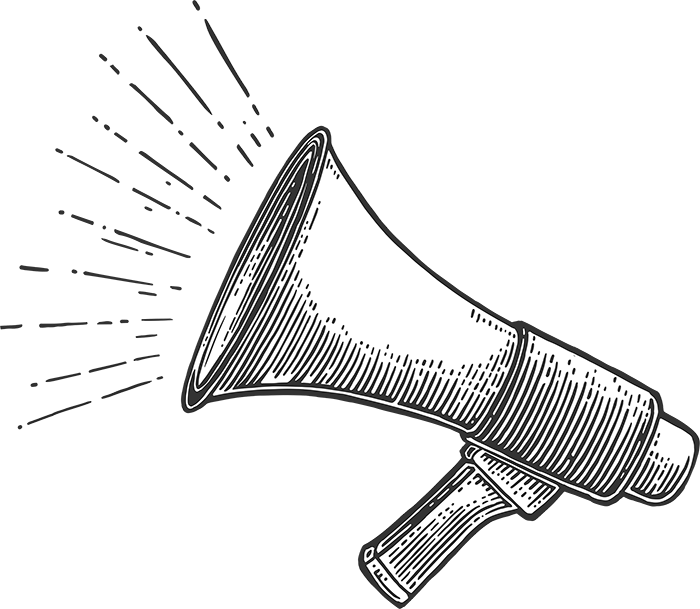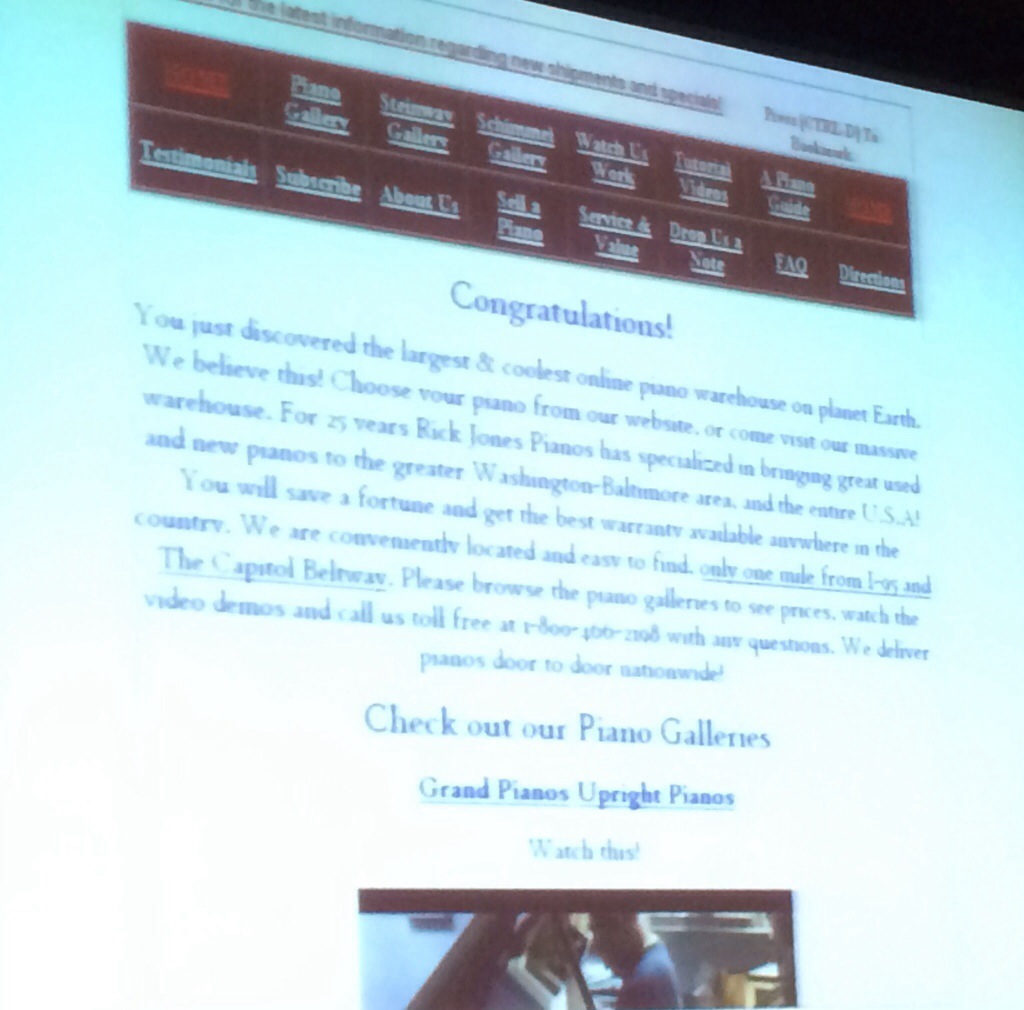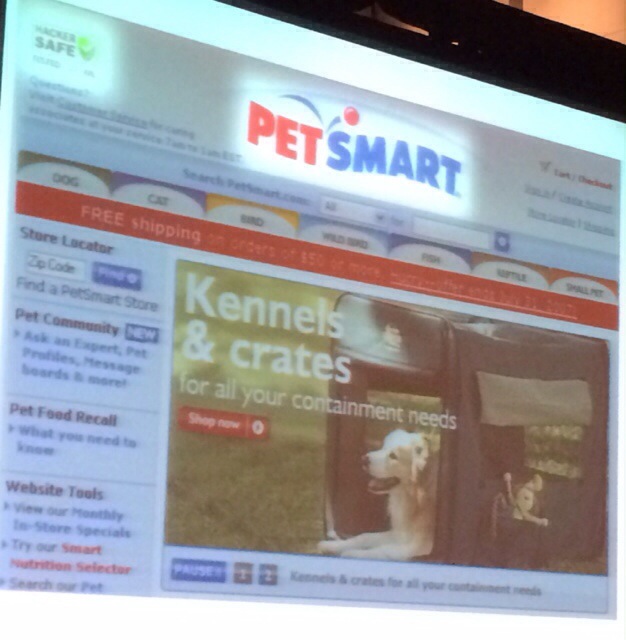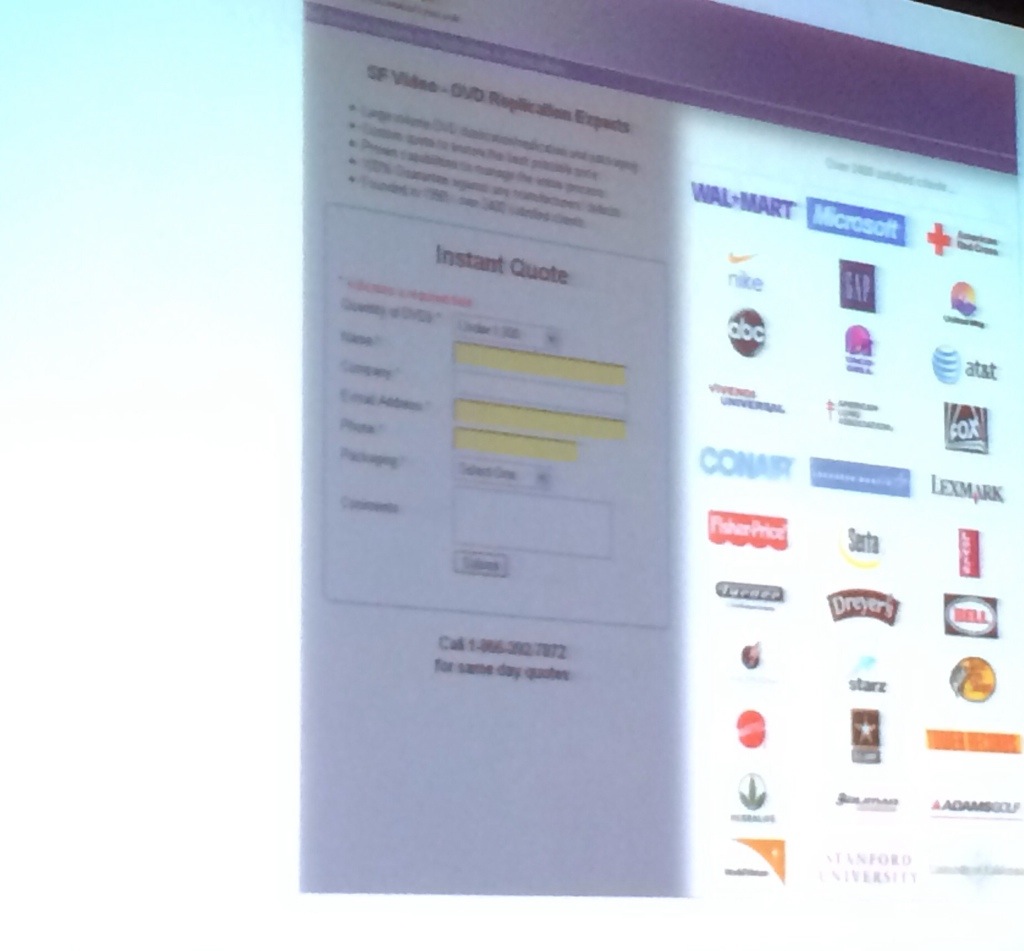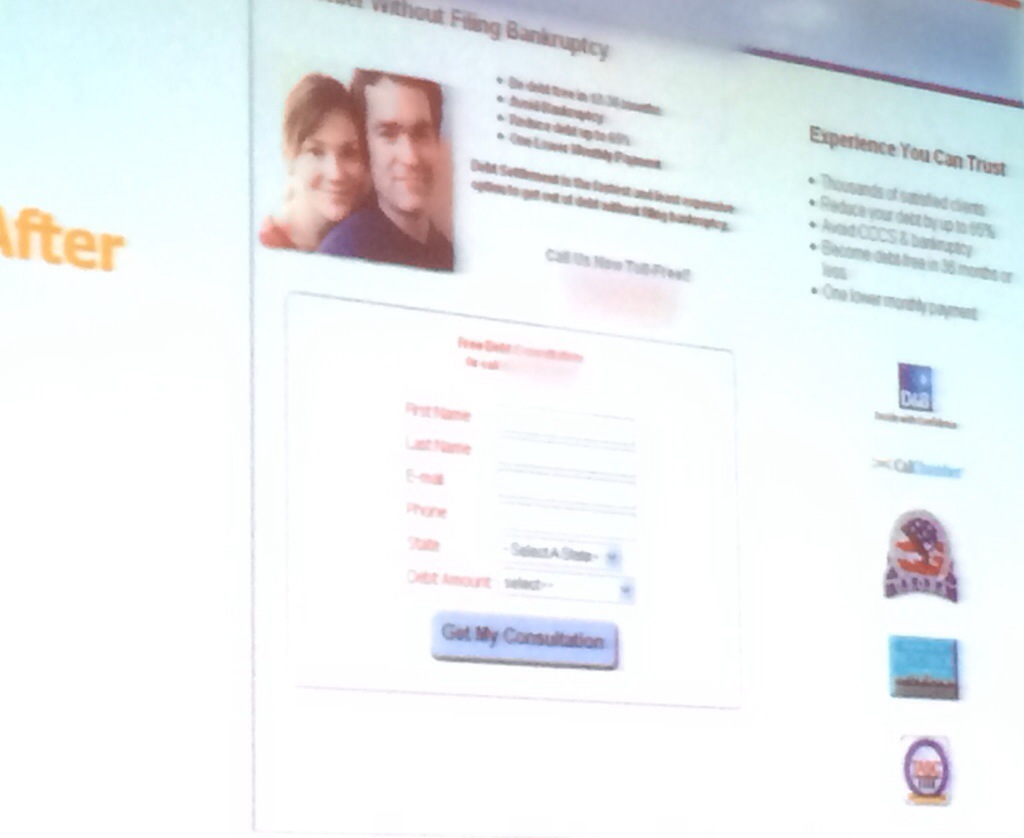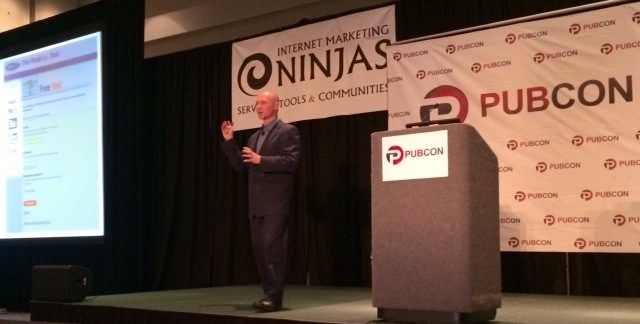#Pubcon Liveblog: Tim Ash Keynote — The 4 Pillars of Trust
Tim Ash studied computer engineering and cognitive science — this gives him a unique preparation for Internet marketing that’s both quantifiable and not; art and science.
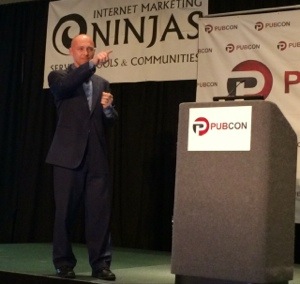 |
Everyone has about 100 billion neurons in their brain. And it’s only now that we’re opening up new frontiers of the brain with real-time brain imaging and sophisticated analysis to find out how people respond to marketing inputs.
He’s rereading “Thinking Fast and Thinking Slow,” written by a psychologist who won a Nobel Prize in economics. Who’s heard the premise that what makes us different from other animals is rationality and consciousness? But 95% of our thinking is unconscious. You have two systems: the gut, intuition and logic — it’s a crude oversimplification but it’s generally true.
It’s not about the technology. It’s not 140 characters or real-time tech — it’s about trust.
The 4 Pillars of Building Trust Online
This isn’t just theory, it’s about things we can do as marketers. His company SiteTuners is one of the premiere conversion optimization firms in the world.
Trust in the real world is given in concentric circles. The difference between an acquaintance and a friend? A friend will help you move. The difference between a friend and a close friend? A close friend will help you move … a body.
You have circles of those closest to you, followed by people who are friends, people you know, etc. Have you noticed how big city people are mean? Trust is diffused the more you’re surrounded by strangers. And yet you still extend trust to total strangers because otherwise society would break down. You expect strangers won’t slam doors on you and will follow traffic rules.
So what about trust online? How does it differ from trust in the real world. As marketers, in order to get someone to buy something from us, don’t they first have to trust us? It’s different online in 2 ways..
Trust must be gained instantly online. You have 50 milliseconds (one-twentieth of a second). Over half of your brain is dedicated to processing visual information. We figure out in an instant where a website lies on a continuum from cheesy to professional.
Trust must be given anonymously. What do we know about our visitors? Referral source. Location via reverse IP lookup. Device type. Operating system. Browser resolution. Does that help you sell to them? To the device, yes. A user on a mobile device is under time pressure, not considerate or in deep thought.
Who’s site is on responsive design? (Nearly all the hands go up.) Who’s actually thought about how the delivery of content might differ for users on mobile devices? (The hands go down.) He says that changing the column width isn’t designing for mobile — it’s ADA compliance. It’s a wheelchair ramp.
The truth is you don’t know anything about them. They don’t know anything about you. The latter is all you can control. So address these 4 pillars.
1. Appearance
There’s a part of our brain that is there just to recognize faces and works twice as fast as our other visual recognition brain components.
Would you buy a grand piano from this website?
This company is the number one piano sales and repair company in the DC-Baltimore area. But their website is cheesy and the website doesn’t convey trust.
If you’re involved in the visual components of website design, you’re interested in art and enjoy making art. You’re frustrated artists and so you “decorate the site.” If you’re managing this type of artist designer, keep them on a short leash. When you’re at work, stay inside the box. The box is the bank box that your business puts it’s money in. You have to ask “Does this graphic support our call to action directly?”
Don’t get disqualified based solely on how you look.
- Professionalism of design
- Sparseness and neatness
- Organization and clarity
2. Transactional Assurances
You’ve seen the BBB and VeriSign and other logos on a site that communicates a trust signal. But if they’re along the bottom of the page, very few people will ever see it.
Above is a strong placement of the trust badge, placed where the convention is to have the brand logo.
Also strong to present these trust badges at the moment of purchase. A BuySafe and VeriSign Trusted badge next to the “Add to Cart” button can relieve uncertainty.
Relieve point-of-action anxieties before they arise.
- Forms of payment and delivery
- Data security and privacy
- Policies and guarantees
3. Authority
We naturally are pack animals and respect hierarchy. The RealAge Test added logos of media mentions under “As seen on” and got 40% more completions of their test. The recognized logos transferred trust.
In B2B if you have a form you want people to complete, use marquee client logos on the page. You eliminate the question of whether or not their qualified to do the job. In this example they saw 58% more form completions:
You don’t even have to recognize the logos for it to work. He calls it a butterfly collection — they simply look cool and an impressive and it led to 52% more conversions.
Borrow trust from better known brands.
- Reviews and awards
- Marquee clients
- Media mentions
4. Social Proof
We care about what our peer group thinks about things more than what our moms think, or what people not like us think. Seeing a friend’s picture show up on a page because you’re signed into Facebook increases conversions by double digits.
Support automatic compliance by demonstrating social proof.
- Objective large numbers
- People like you
If you want to drink from the firehose of conversion marketing and optimization, attend the Conversion Conference in Chicago in June. Registered by April 1 with the code ALUM2014 and get your ticket for just $697.

LEAVE A REPLY
